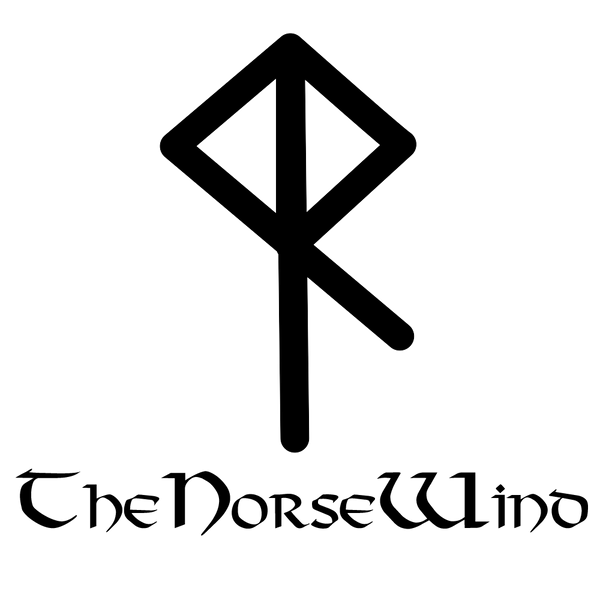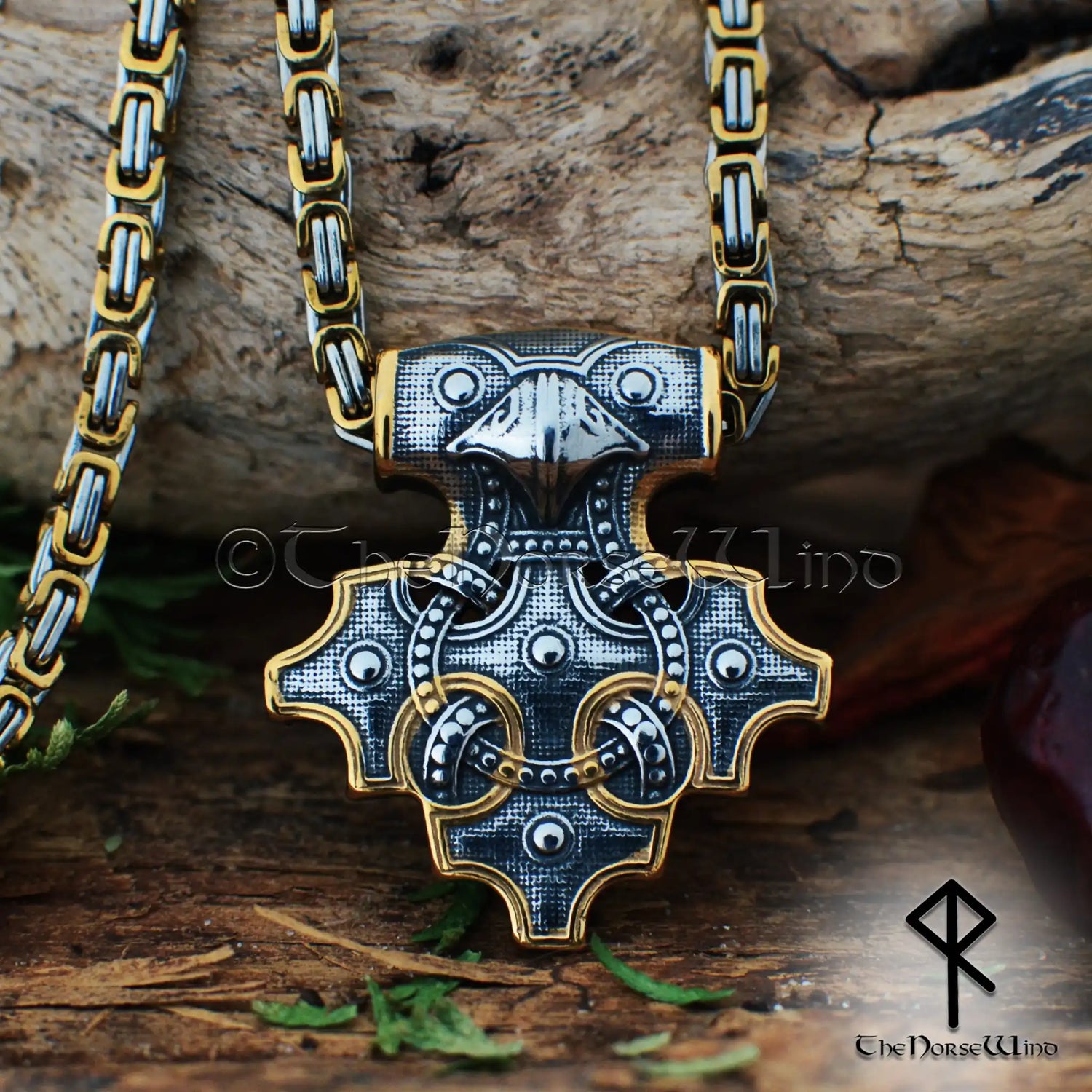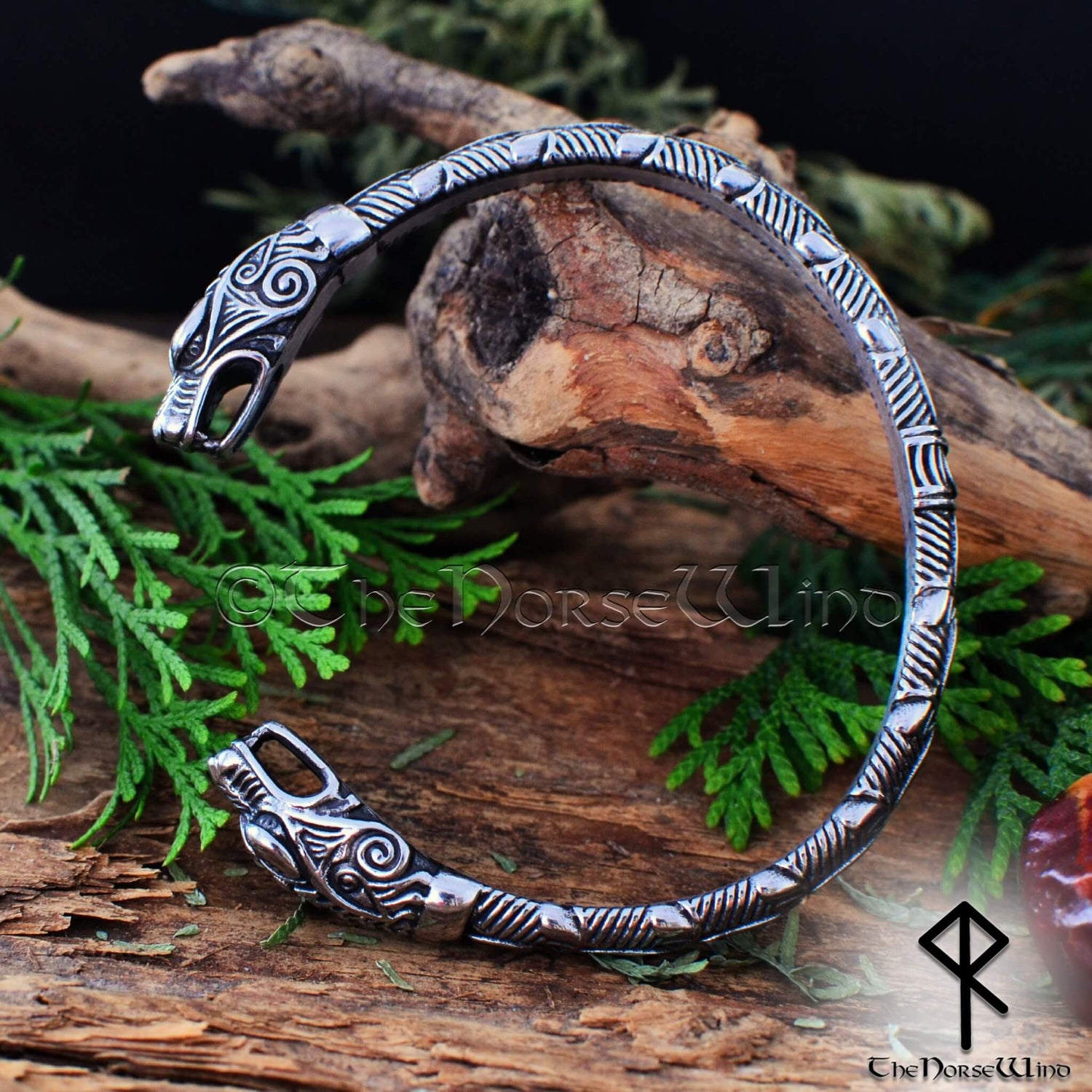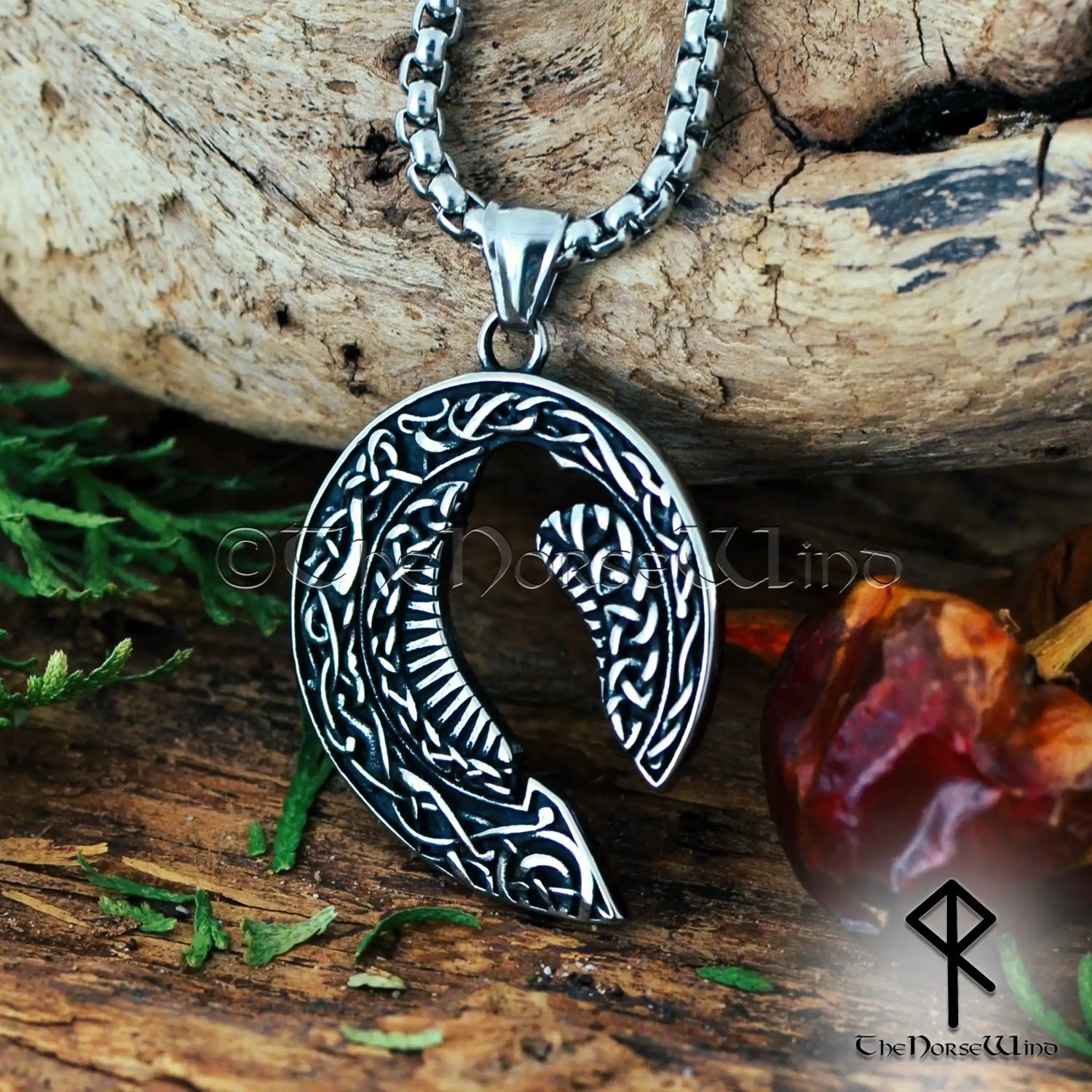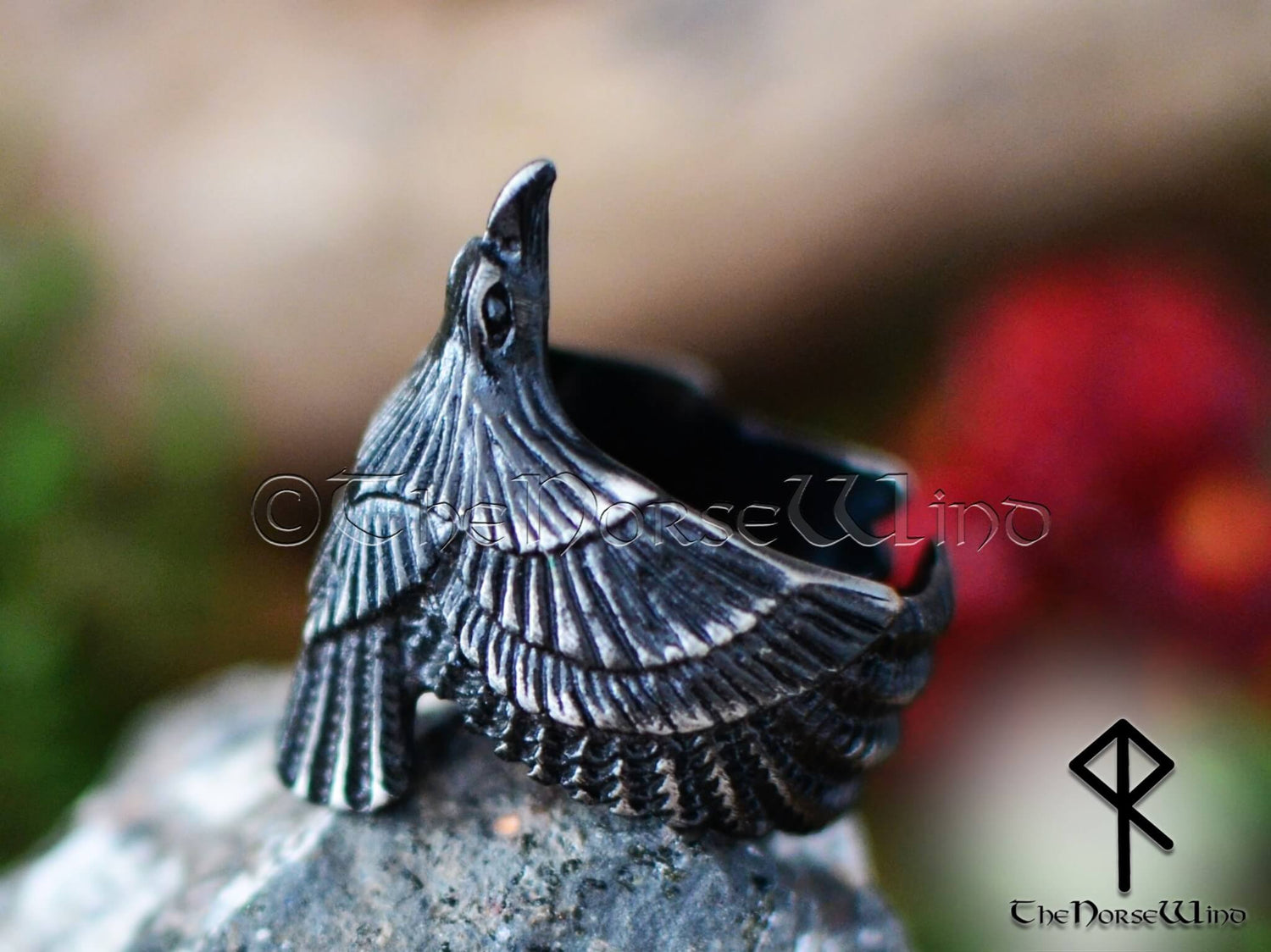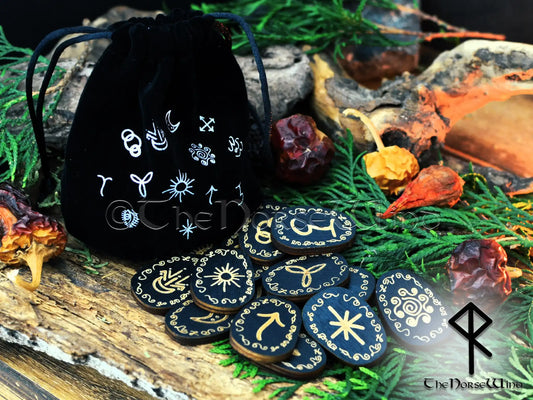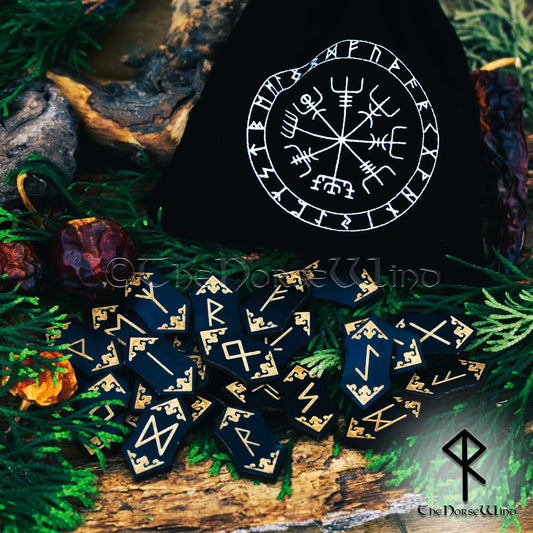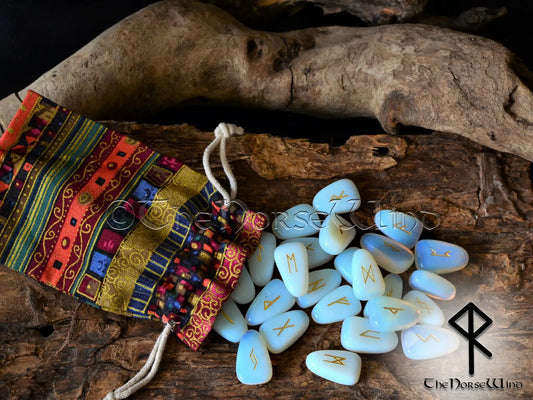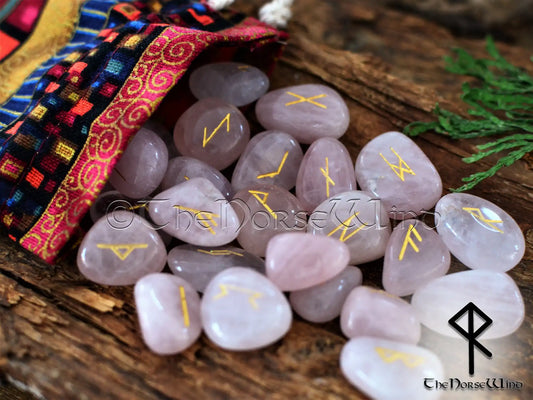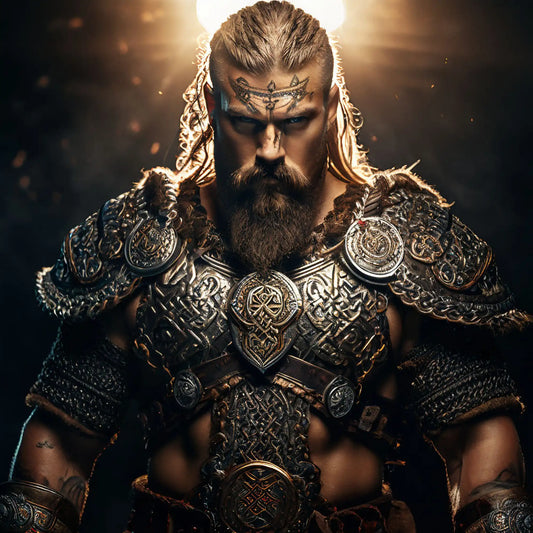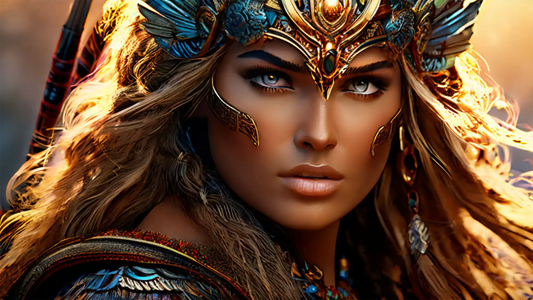In the realm of ancient symbols and mystical languages, Futhark Runes stand as timeless relics of Norse culture and spirituality. These enigmatic symbols, carved into stones, wood, and metal, have intrigued scholars and seekers alike for centuries. In this blog post, we will delve into the fascinating world of Futhark Runes, exploring their history, meanings, and how you can incorporate them into your life.
The Origins of Futhark Runes
Futhark Runes, also known as the runic alphabet, find their roots in the runic scripts of Germanic languages. The name "Futhark" is derived from the first six letters of the runic alphabet, much like the term "alphabet" comes from the first two letters of the Greek alphabet – alpha and beta. The two main types of Futhark Runes are the Elder Futhark and the Younger Futhark, each with its own variations and historical significance.
- Elder Futhark: The elder version consists of 24 runes, organized into three groups or "aetts." These runes were widely used during the Migration Period (circa 300–700 CE) and are associated with divination, magical practices, and memorial inscriptions.
- Younger Futhark: The younger version, developed later, has 16 runes and was predominantly used during the Viking Age (circa 700–1100 CE). The Younger Futhark is simpler and more suitable for everyday use, with fewer characters and variations.
Runes in Norse Mythology
In Norse mythology, the Futhark Runes hold a profound and mystical significance, intertwined with the very fabric of existence. According to legend, the god Odin, in his quest for wisdom and divine insight, suspended himself from the World Tree, Yggdrasil, for nine days and nights. During this self-imposed ordeal, he received the sacred knowledge of the runes, discovering their potent symbols and the magical power they held. As a result, Odin became not only the god of wisdom but also the master of the runes, bestowing their ancient wisdom upon humanity.
The runes were believed to encapsulate the essence of the cosmos, embodying both mundane and metaphysical truths. They were employed not only for communication and divination but also as tools for shaping destiny, casting spells, and invoking spiritual guidance.
In Norse mythology, the Futhark Runes are not just an alphabet but a sacred and transcendent force, connecting the mortal realm to the divine mysteries that shape the world.
Rune Meanings
Each Futhark Rune carries a unique energy and symbolism. Understanding the meanings behind these symbols can provide insight into various aspects of life.
- Fehu (Wealth): ᚠ - Represents movable wealth, prosperity, and financial success. Fehu is associated with both physical and spiritual abundance.
- Uruz (Strength): ᚢ - Signifies physical and mental strength, endurance, and primal life force. Uruz is a symbol of untamed energy and potential.
- Thurisaz (Protection): ᚦ - Represents a thorn or a giant. It symbolizes defense, protection, and the ability to overcome challenges. Thurisaz wards off negative influences.
- Ansuz (Communication): ᚨ - Associated with communication, wisdom, and divine inspiration. Ansuz signifies the power of words and the transmission of divine messages.
- Raidho (Journey): ᚱ - Symbolizes journeys, both physical and metaphorical. Raidho represents the path of life, personal growth, and the quest for self-discovery.
- Kenaz (Knowledge): ᚲ - Signifies knowledge, creativity, and the transformative power of fire. Kenaz is linked to inspiration, artistic expression, and learning.
- Gebo (Gift): ᚷ - Represents the concept of exchange and partnership. Gebo symbolizes gifts, generosity, and the balance of giving and receiving.
- Wunjo (Joy): ᚹ - Signifies joy, happiness, and emotional well-being. Wunjo represents the realization of desires and the attainment of personal satisfaction.
- Hagalaz (Disruption): ᚺ - Symbolizes hail, disruption, and natural forces beyond human control. Hagalaz often indicates a period of challenge and transformation.
- Nauthiz (Constraint): ᚾ - Represents necessity, hardship, and challenges. Nauthiz urges individuals to face difficulties with determination and resilience.
- Isa (Ice): ᛁ - Signifies stillness, stasis, and the temporary nature of challenges. Isa encourages patience and the acceptance of the present situation.
- Jera (Harvest): ᛃ - Symbolizes the cycle of the year, agricultural abundance, and the rewards of patience. Jera represents the culmination of efforts and a bountiful harvest.
- Eihwaz (Yew): ᛇ - Associated with endurance, resilience, and the ability to navigate challenges. Eihwaz represents the yew tree, which is often linked to longevity.
- Perthro (Mystery): ᛈ - Signifies mysteries, fate, and the unknown. Perthro represents the unknowable aspects of life and the unfolding of destiny.
- Algiz (Protection): ᛉ - Symbolizes protection, higher spiritual awareness, and connection with the divine. Algiz wards off harm and encourages a sense of spiritual security.
- Sowilo (Sun): ᛊ - Represents the sun, success, and personal transformation. Sowilo symbolizes the victory of light over darkness and the realization of one's potential.
- Tiwaz (Justice): ᛏ - Signifies justice, honor, and victory. Tiwaz is associated with the god Tyr and represents fair judgment and the triumph of righteousness.
- Berkana (Growth): ᛒ - Symbolizes growth, fertility, and the birthing process. Berkana represents nurturing energy and the potential for new beginnings.
- Ehwaz (Partnership): ᛖ - Represents partnership, teamwork, and mutual support. Ehwaz symbolizes the harmonious interaction between individuals or forces.
- Mannaz (Human): ᛗ - Signifies humanity, social connections, and self-awareness. Mannaz represents the importance of community and self-understanding.
- Laguz (Water): ᛚ - Symbolizes water, emotions, and the mysteries of the unconscious mind. Laguz encourages intuition, adaptability, and going with the flow.
- Ingwaz (Fertility): ᛜ - Signifies fertility, new beginnings, and potential. Ingwaz represents the seed of life and the promise of growth and abundance.
- Dagaz (Day): ᛞ - Symbolizes dawn, enlightenment, and positive transformation. Dagaz represents a new day, clarity, and the realization of goals.
- Othala (Ancestral Property): ᛟ - Signifies ancestral property, heritage, and spiritual home. Othala represents a connection to one's roots and the legacy of family.
How to Use Futhark Runes:
- Divination: Similar to tarot cards, Futhark Runes can be used for divination or rune casting. Ask a specific question, draw a rune, and interpret its meaning in the context of your query.
- Meditation: Incorporate Futhark Runes into your meditation practice by focusing on a specific rune's energy. This can enhance self-awareness and spiritual growth.
- Symbolic Talismans: Choose a rune that resonates with your intentions and carve or draw it as a talisman. Carry it with you for its associated benefits.
- Rituals and Spellwork: Integrate Futhark Runes into rituals or spellwork for specific purposes. Select runes that align with your intentions and incorporate them into your practice.
Futhark Runes serve as a window into the mystical and rich tapestry of Norse culture. Whether you're drawn to them for their historical significance, spiritual meanings, or divinatory purposes, exploring the world of Futhark Runes can be a fascinating journey. Take the time to learn about each rune, embrace their meanings, and discover how these ancient symbols can add depth and wisdom to your life.
